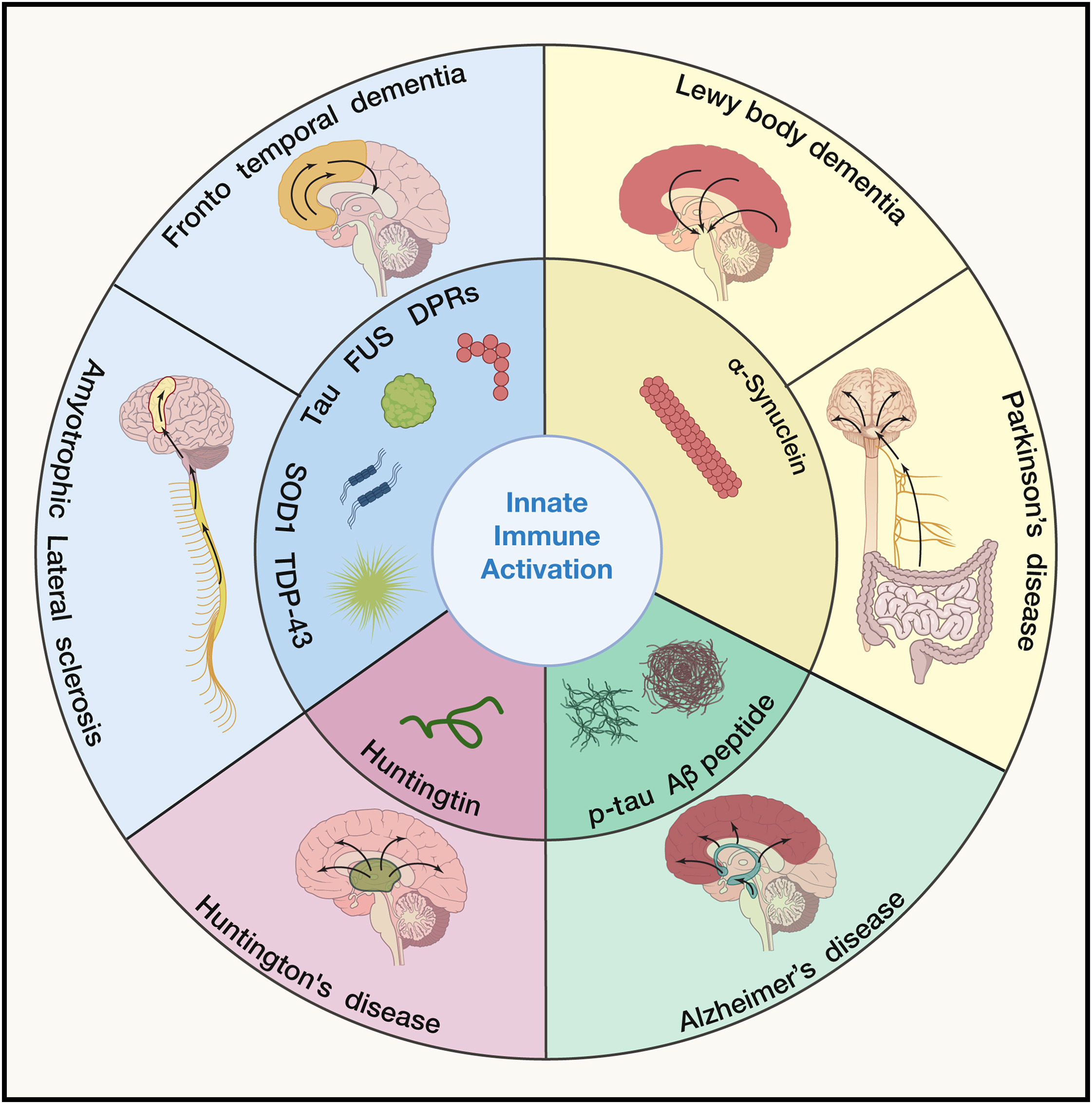Elsevier,
eClinicalMedicine, Volume 70, April 2024
This paper supports SDGs 3 and 15 by examining environmental exposures and risk of inflammatory bowel disease (IBD) in early life in a Danish cohort. The study found that increased agricultural land use was associated with a higher risk of Crohn's disease, while increased biodiversity and green space were associated with a lower risk of Crohn's disease. These findings may have implications for IBD prevention.
Elsevier,
The Lancet Planetary Health, Volume 8, April 2024
This Review supports SDGs 3 and 15 by exploring the links between climate change, biodiversity loss, and infectious diseases. The authors focus on the social, political, and financial factors that frame these issues, and suggest that a better understanding of these interactions is needed to drive solutions.
Elsevier,
One Earth, Volume 7, 19 April 2024
The paper highlights the interconnectedness of public health crises, such as pandemics, with biodiversity loss and climate change, as increased demand for materials to combat infectious diseases exacerbates environmental pressures, posing a threat to global sustainability and biodiversity.
Elsevier,
Immunity, Volume 57, 9 April 2024
The activation of the innate immune system and subsequent neuroinflammation are common hallmarks of all neurodegenerative diseases. Castro-Gomez and Heneka review the emerging evidence related to receptors implicated in the activation of innate immunity during neurodegenerative processes. They predominantly focus on the role of microglia, PRRs, and other DAMP-sensing receptors in the pathogenesis of Alzheimer’s disease, tauopathy, Parkinson’s disease, and amyotrophic lateral sclerosis.
Elsevier,
Heliyon, Volume 10, 30 April 2024
The study emphasizes practical application with a user-friendly website, empowering radiologists to predict class probabilities, track disease progression, and visualize patient images in both 2D and 3D formats, contributing significantly to the advancement of early AD detection.
Elsevier,
Experimental Neurology, Volume 374, April 2024
This review explores the role of platelet dysfunction in the pathogenesis of Alzheimer's disease (AD) and cerebral amyloid angiopathy (CAA), discussing in vitro, in vivo, and clinical evidence related to platelet activation, adhesion, and aggregation, and highlighting potential therapeutic targets to address amyloid-related AD pathogenesis.
Elsevier,
American Journal of Clinical Nutrition, Volume 119, April 2024
This study aimed to assess the associations of both serum vitamin D status and supplementation with all-cause dementia, Alzheimer’s disease (AD), and vascular dementia (VD) incidence. It highlighted consistent associations between various facets of vitamin D and multivitamin intake, objectively measured vitamin D deficiency and insufficiency from blood samples, and 14-year dementia incidence in a study population aged 55 to 69 years at baseline. Subgroup analyses revealed effect modification by skin color with associations only observed in the non-brown/non-black skin color group and stronger effect estimates for vitamin D supplementation in younger compared to older study participants. Although results are encouraging and suggest a potential role for vitamin D supplementation in dementia prevention, particularly for those with vitamin D deficiency, caution is advised due to the observational nature of this study. RCTs with long follow-up periods are indispensable to establishing the efficacy of dementia prevention strategies.


